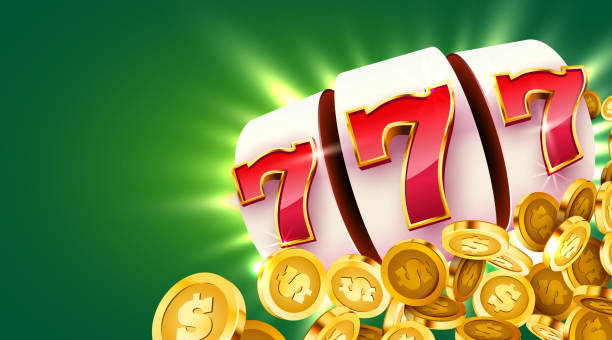Slot games have come a long way since their inception in the late 19th century. The evolution of these games reflects significant technological advancements and a deep connection to cultural trends and historical events. Modern slot game design draws heavily from historical influences, incorporating elements that resonate with players’ sense of nostalgia, cultural references, and technological progressions.
The Birth of Slot Machines
The history of slot games dates back to 1895 when Charles Fey created the first mechanical slot machine, the Liberty Bell. This three-reel machine featured symbols like horseshoes, spades, hearts, diamonds, and the Liberty Bell itself. The simplicity of its design and the mechanical operation set the foundation for the future of slot games. Fey’s invention was a response to the growing popularity of coin-operated machines, tapping into the excitement of gambling with a straightforward and engaging mechanism.
Evolution Through the 20th Century
The early 20th century saw slot machines becoming a staple in bars, saloons, and eventually casinos. As technology advanced, so did the complexity and appeal of these games. The introduction of electromechanical slots in the 1960s marked a significant shift. These machines combined mechanical components with electronic features, allowing for more sophisticated game mechanics and larger payouts. This period also saw the introduction of new symbols and themes, catering to a broader audience.
The Digital Revolution and Online Slots
The advent of digital technology in the late 20th century revolutionized slot game design. Video slots replaced mechanical reels with computer screens, enabling the creation of more dynamic and visually appealing games. This transition also paved the way for the development of online slots, which have become a dominant force in the gaming industry.
Influence of Historical Themes
Modern slot games often draw from historical events, figures, and cultural movements to create engaging and immersive experiences. Ancient civilizations, mythologies, and significant historical epochs are popular themes. For instance, slots based on ancient Egypt, Roman empires, or Greek mythology leverage the rich imagery and narratives from these periods to captivate players.
The inclusion of historical themes serves multiple purposes. Firstly, it taps into players’ existing knowledge and fascination with history, providing a sense of familiarity and intrigue. Secondly, it allows game designers to incorporate elaborate graphics, animations, and storylines that enhance the gaming experience. By blending historical accuracy with creative freedom, these games offer both entertainment and a form of cultural education.
Technological Advancements Inspired by History
Technological advancements in slot game design have often been inspired by historical milestones in technology and entertainment. The introduction of sound effects, for instance, mirrors the evolution of sound in cinema. Early slot machines featured basic mechanical sounds, but modern slots use high-quality audio to create immersive soundscapes. This progression is akin to the transition from silent films to talkies in the early 20th century.
Similarly, the use of visual effects in slot games has evolved in tandem with advancements in film and video game graphics. The integration of 3D graphics and animation in slot design reflects the broader trend in entertainment industries, where visual realism and fantasy are blended to captivate audiences.
The Role of Nostalgia
Nostalgia plays a crucial role in modern slot game design. Many games incorporate elements from the past, such as vintage symbols, retro sound effects, and classic game mechanics, to evoke a sense of nostalgia among players. This connection to the past is particularly appealing to older players who have fond memories of traditional slot machines.
The use of nostalgic elements is not just about replicating old designs; it’s about reimagining them in a modern context. For example, classic fruit symbols from early slot machines are often reinterpreted with high-definition graphics and modern gameplay features. This blend of old and new creates a unique experience that appeals to a wide range of players.
Conclusion
The design of modern slot games is deeply rooted in history, drawing from a rich tapestry of cultural, technological, and societal influences. From the early mechanical machines to the sophisticated digital slots of today, the evolution of slot games reflects broader historical trends and advancements. By incorporating historical themes, leveraging technological progress, and tapping into players’ nostalgia, modern slot games create an engaging and immersive experience that continues to captivate audiences worldwide.






